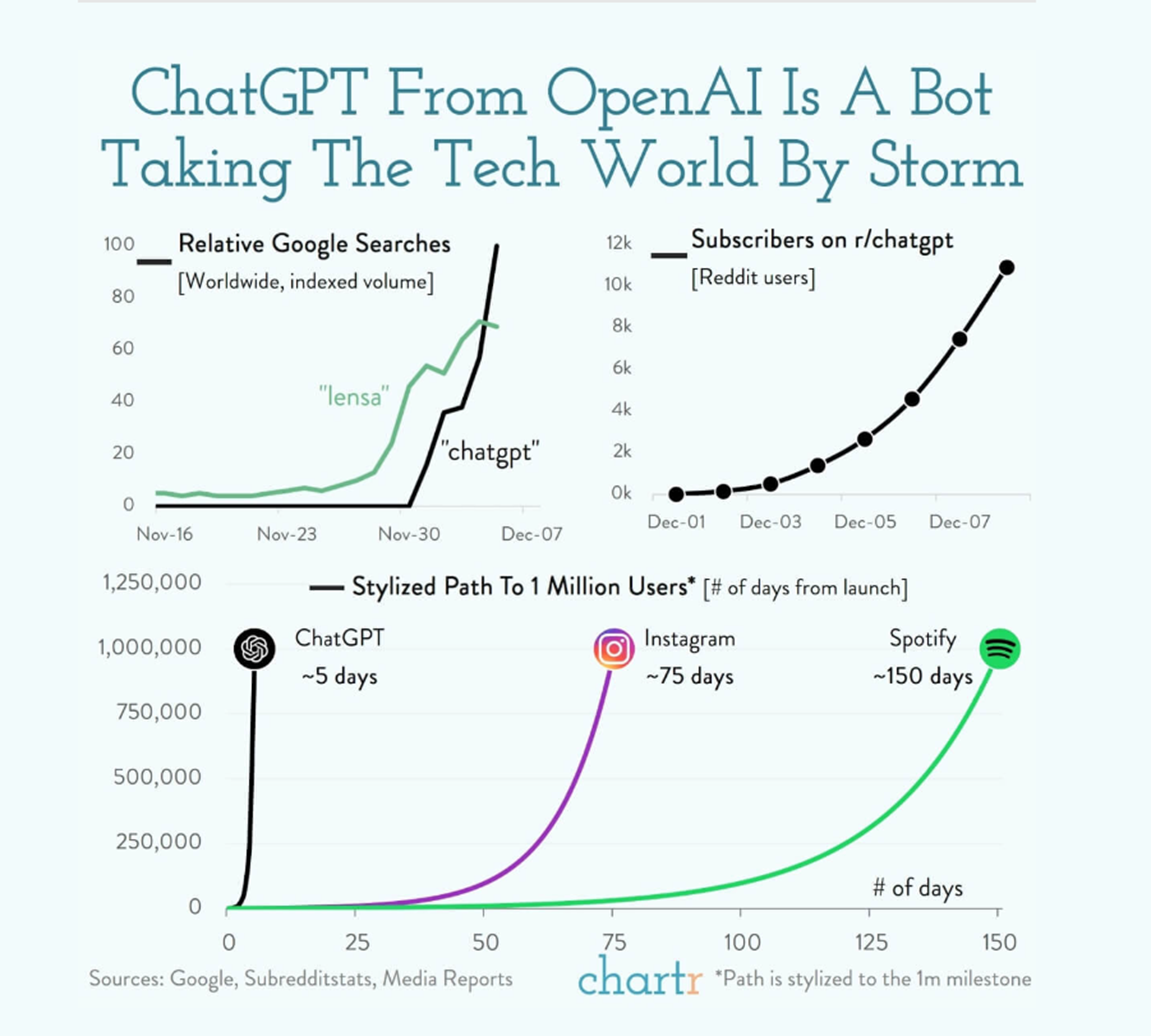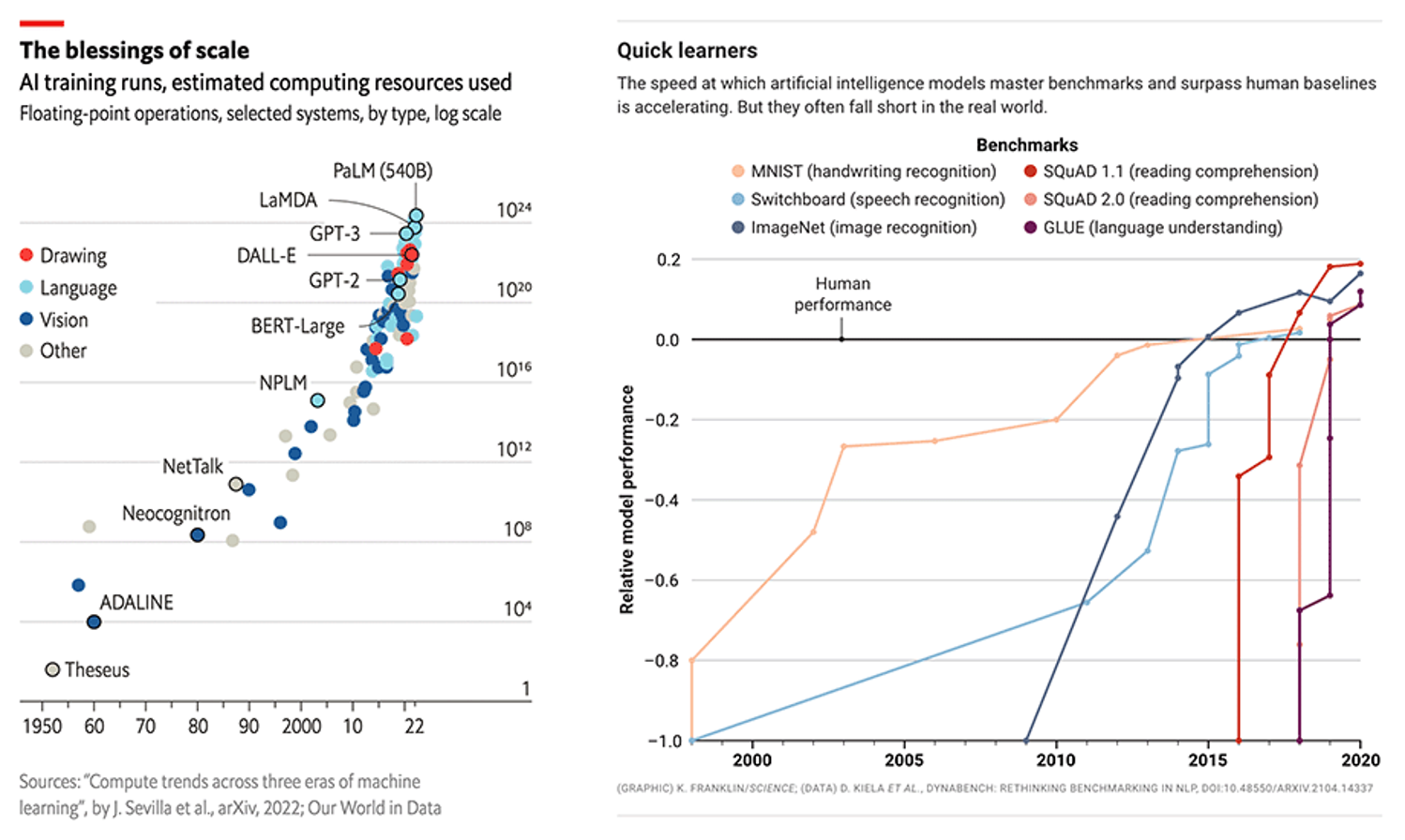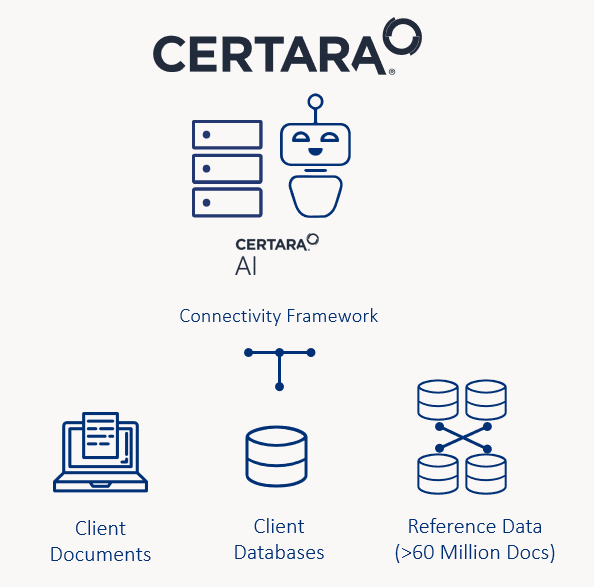2025 年 10 月 24 日




利用人工智能解决方案简化法规撰写工作
Discover how Certara is revolutionizing regulatory writing with an industry-specific GenAI solution. This white paper explores how your organization can deploy AI safely and securely to enable efficiency while ensuring medical writing accuracy.
This blog was originally published in October 2023 and has been updated for accuracy and comprehensiveness.

Director, Global Portfolio Leader for Certara.AI
Nick Brown 是生命科学专业 GPT 平台 Certara.AI 的全球投资组合总监。Nick 在推动生命科学、联邦政府和其他行业的人工智能应用和客户成功方面拥有超过 10 年的经验。在加入 Certara 之前,Nick 在 Vyasa(现为 Certara.AI)领导营销工作,协助 Layar 数据平台的发布和市场推广战略。他毕业于新罕布什尔大学,现居住在马萨诸塞州安多弗市。
常见问题解答
What’s the difference between generative AI and biosimulation in drug development?
Generative AI creates text, code, or predictions from large datasets, while biosimulation uses mechanistic, validated models to predict drug behavior in humans. When used together, they enhance precision in dosing, safety forecasting, and regulatory submissions.
How can companies safely integrate AI into regulated drug development workflows?
Successful integration requires AI solutions built for compliance—those that maintain data traceability, version control, and audit readiness. Combining domain-specific AI tools with human oversight ensures scientific integrity and regulatory acceptance.
What’s next for AI in drug development?
The future lies in hybrid AI ecosystems that combine generative tools with mechanistic models and real-world data analytics. These systems will help optimize clinical design, personalize dosing, and accelerate approvals, bringing therapies to patients faster.
了解更多关于 Certara.AI
Certara.AI 通过提供具体可执行的洞见,革新生命科学组织应用人工智能的方式。Its specialization in life science data ensures that researchers and professionals can trust it for critical tasks like drug discovery, clinical trial design, and regulatory submissions. 借助 Certara.AI,您能优化工作流、降低成本并加速进程,同时确保数据安全与完整性。

预约演示






